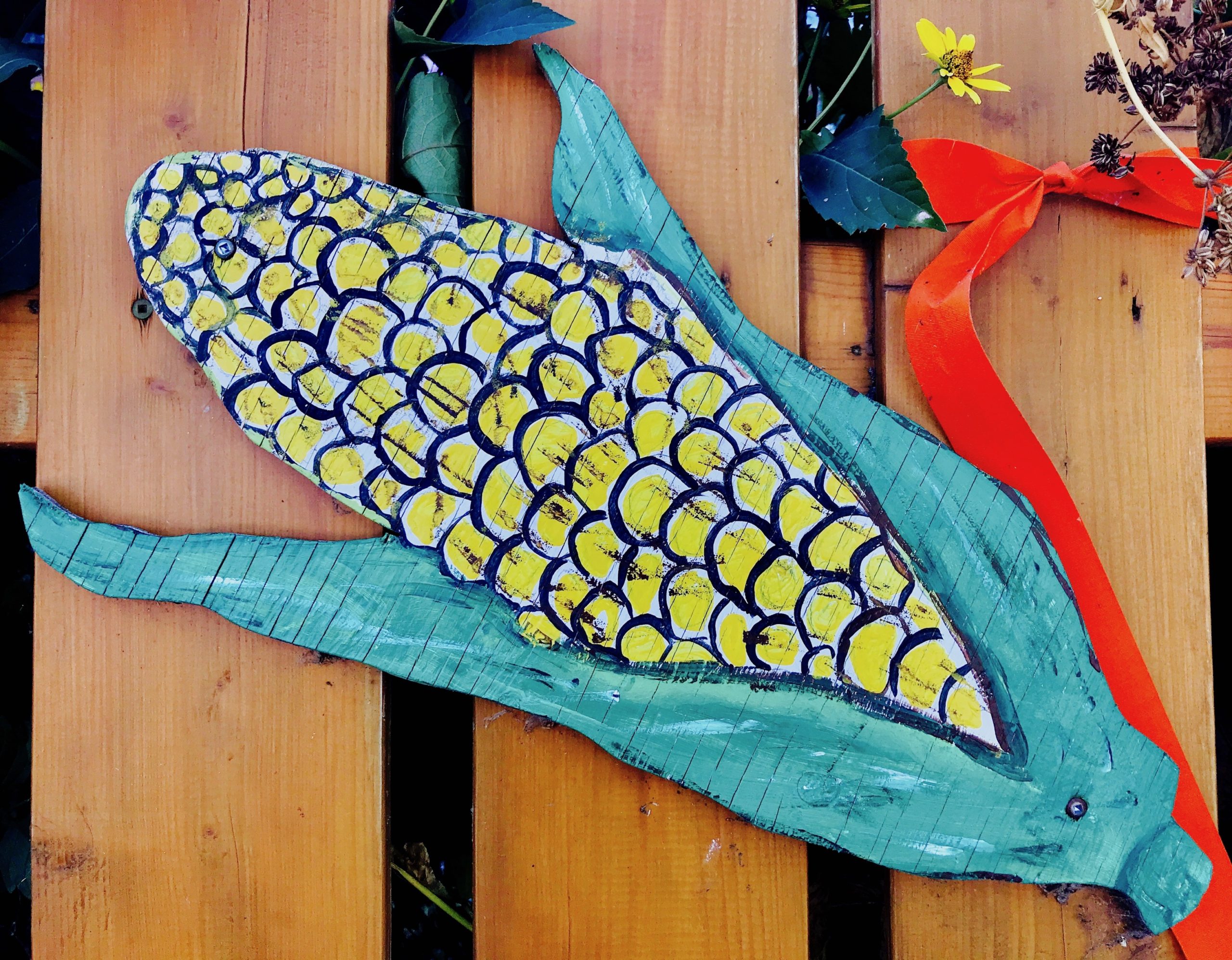By Yaldaz Sadakova
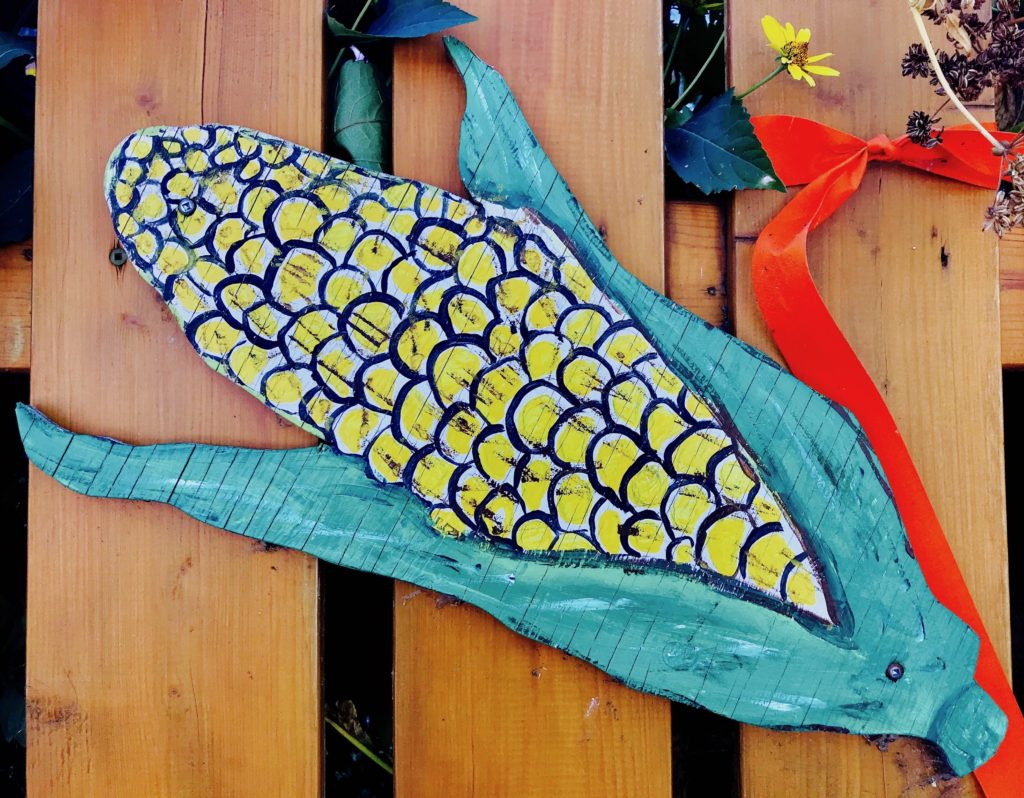
I took the Medrol pills out of the drawer, which was full of antibiotics and painkillers.
“It will replace your immune system.” That’s what the dentist had said when she prescribed the Medrol. Her use of the word replace bothered me.
Medrol is not something you want in your medicine cabinet. It’s a corticosteroid that suppresses inflammation. It’s used to treat immune system disorders, certain cancers, arthritis and other horrific diseases.
While I studied the Medrol box, I thought it was wrong for a 29-year-old to have a drawer full of antibiotics, corticosteroids and various kinds of painkillers.
A few weeks before I started taking Medrol, I got a sudden sharp toothache one day. The next morning, just as suddenly, my right cheek swelled—to the point where half of my eye was closed.
All of this happened during a visit to Iran. I went to a dentist in Tehran and he said I needed a root canal. However, the swelling had to go down first, so he prescribed antibiotics.
I took them as directed, but a week later, my cheek was still huge and painful. The abscess hadn’t disappeared. It even hurt to open my mouth and brush my teeth. I wondered why my immune system was being defiant.
I went back to the Tehran dentist and he lanced my inflamed cheek. While he pressed down on it to drain the puss, I whimpered and cried in pain.
Then I went back to Brussels, where I was living at the time. My plan was to get a root canal within a few days, like the Tehran dentist had suggested. Before I could arrange that, my cheek started swelling again.
I went to see a dentist. I told her antibiotics hadn’t helped me the first time. She lanced my cheek. As soon as I felt the painful needle, I jumped in my seat and started crying.
Then she prescribed the Medrol.
A couple of weeks later, I got a root canal. I stopped taking the Medrol. The swelling and the pain never returned.
But I became worried about my health. I feared that one day my immune system could once again decide to not do its job or to turn against me.
A couple of years earlier, my immune system had attacked my nervous system, literally paralyzing my legs and arms. I couldn’t walk on my own. I couldn’t use my hands and my arms.
I was lucky that unlike many autoimmune conditions, mine—Guillain-Barré syndrome—was curable. I was also lucky that I got hospitalized before the paralysis could spread to other parts of my body, which would have caused me to end up at an ICU. And possibly died.
With the help of great neurologists, nurses and physical therapists as well as powerful medication, the attack of my immune system stopped. The inflammation disappeared. I escaped death.
Within a few months—the first of which spent in the hospital—I recovered completely.
The experience shook and traumatized me, though. It changed my view of rare events.
GBS is a very rare disease, but it had happened to me. I started to fear that I’m not as protected as I had thought against dramatic unlikely events.
Yet, at that time, I saw my brush with death as a random occurrence. Perhaps because I still hadn’t processed the shock of the experience.
But now there seemed to be an inflammation-related pattern. I was terrified that some inflammation might happen to me again and that it may lead to something chronic.
I messaged a friend in the U.S. who was dealing with an autoimmune condition of her own. She was the only one that could understand my angst.
With her guidance, I started researching inflammation. I came across cancer survivor Kris Carr’s book Crazy Sexy Diet: Eat Your Veggies, Ignite Your Spark, and Live Like You Mean It.
I found the book’s assertions fascinating. It says that an animal-based sugar-rich diet as well as stress, lack of exercise, drugs, alcohol, coffee and cigarettes create an overly acidic environment in the body, which contributes to inflammation.
It also says that vegetables and fruits can reduce inflammation because they help produce an alkaline environment in the body—and to be healthy the body needs a slightly alkaline inner environment.
“Everything from a runny nose to skin eruptions, heartburn, eczema, inflammation, arthritis, poor circulation, chronic fatigue, irritable bowel syndrome, a weakened immune system—even cancer—can be traced back in some way to an acidic inner terrain.”
I had no expertise, and still don’t, to assess the book’s claims about an acidic versus an alkaline inner environment and how that relates to disease. However, I couldn’t possibly disagree with the statement that fruits and vegetables are good for you.
As soon as I finished book, I took the eggs, the yogurt, the cheese and the milk out of the fridge and tossed them. I also got rid of the mayo, the bread, the crackers, the chips and the cookies. I’d been living on that kind of junk my entire life.
Defying Patriarchy
I wanted to be a healthy vegan. But it was 2012, a time when it was almost impossible to find healthy vegan takeout in Brussels. Even if it had been easy to find, I wouldn’t have been able to afford it.
I had to start cooking. I hated cooking, though. And I didn’t know how to make anything other than scrambled eggs.
I had refused to learn cooking. It was my feminist stand, my rebellion against my patriarchal upbringing.
I grew up in Bulgaria surrounded by women who did all the cooking and housework, with no help from their male partners.
Not once throughout my childhood and teenage years did I see a man chopping veggies, vacuuming, folding laundry or doing dishes. Men weren’t expected to do jack shit, other than going to work and occasionally fixing something around the house.
Women had to cook, clean and take care of the kids on top of working full time.
Working full time while doing all the housework and childcare was the norm not only for women of my mom’s generation, but also for my grandmother, born in 1928, and women of her generation.
The Communist regime which ruled Bulgaria from 1946 to 1989 aimed for full employment. That’s why women like Grandma worked full time throughout their adult lives.
By the time I reached my teens, I knew that I didn’t want a life where I did all the housework while my husband relaxed in front of the TV with a glass of rakia.
Back then I had limited understanding of concepts like feminism, misogyny and patriarchy. But I knew instinctively that what women around me were burdened with wasn’t equitable.
I also knew that I wanted to be a writer. And to live in The Big World, not in Bulgaria.
So every time Grandma reminded me that unless I learned how to cook, I wouldn’t get married, I thought, great. I had bigger dreams, better plans. Shedding onion tears and waiting on a man was not going to help me achieve them.
But, like most girls around me, I couldn’t escape household chores. That included helping in the kitchen by chopping onions, gutting peppers, slicing tomatoes, peeling potatoes and making salads and tarator.
During the summers, Mom and Grandma would also enlist me to help with preparing jam and lyutenitsa. Making these was a complex day-long endeavor. We would boil the jam or the lyutenitsa in a cauldron over an open fire in Grandma’s backyard.
My job in these projects was to slice endless amounts of fruit and tomatoes. I still have a scar on my right hand from a particularly deep cut dating back to those summers.
This is how I reluctantly learned to do prep work and to be skilled with a knife. But that’s where I drew the line.
For years, I took great pride in the fact that I was abysmal at cooking. My friends would relentlessly make fun of my cooking skills, and I always took it as a compliment and as reassurance.
My inability to cook meant that I would never be a man’s servant.
So when I had to start cooking in my Brussels studio at the age of 29, my repertoire was limited to green salads with sautéed mushrooms on the side. Occasionally, I made a simple lentil stew with garlic and peppers, like the one Mom made in my childhood.
I’d set the bar so low that my food was edible. This emboldened me.
So much so that one afternoon I went to the gleaming mall on Rue Neuve and bought a blender. I wanted to make green smoothies, like my vegan research advised me to.
When I started making a smoothie that same evening, two things happened.
First, smoke started to rise out of the blender, accompanied by the smell of burning plastic. I hadn’t read the instructions.
I’ve never had patience for reading technical manuals. I’d figured using a blender wasn’t rocket science. You just push the power button and wait for it to turn the veggies into a smoothie.
Fortunately, by the time the blender started smoking, the smoothie was ready. Or so it seemed.
Which brings me to the second thing that happened: the smoothie was very bitter. I’d expected something that tastes like orange juice or at least tomato juice, even though I’d only put lettuce, celery and ginger.
I didn’t know then that when you make a green smoothie you have to add fruit to mask the bitterness of the greens.
Culinary Adventures
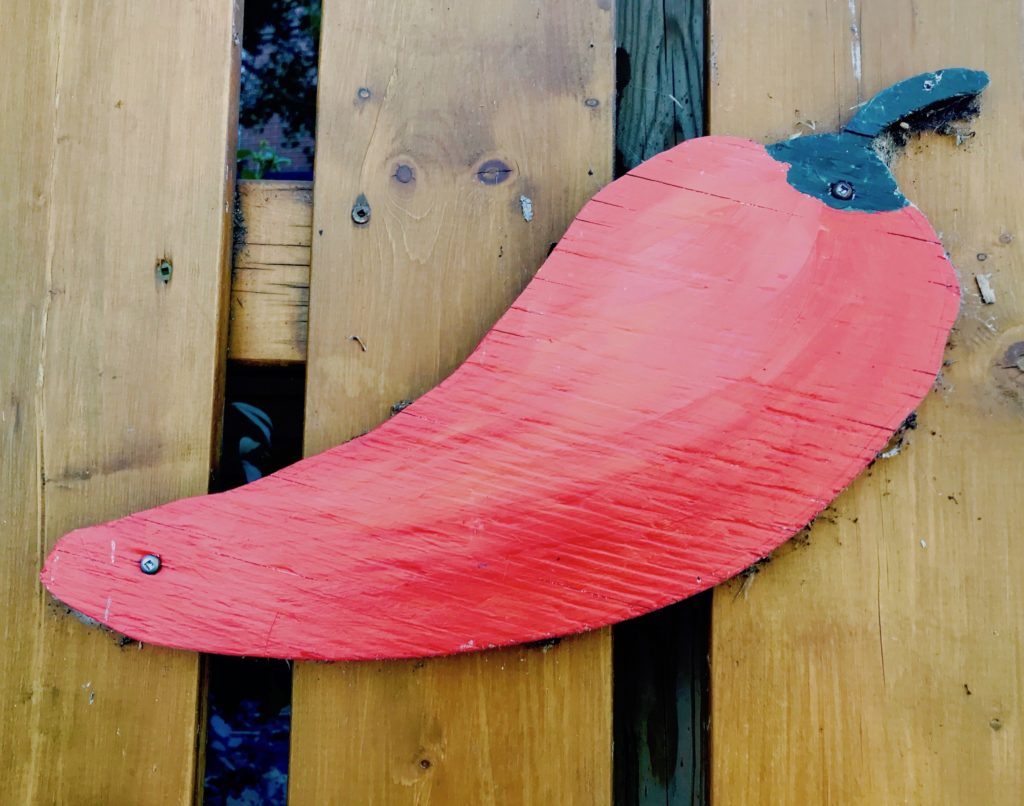
About a year after the blender incident, I moved to Toronto, where I still live. This is where I truly learned to cook.
During my early Toronto days, I was introduced to fesenjoon, a magnificent Iranian stew made with toasted walnuts and pomegranate molasses.
Or I should say I was reintroduced to fesenjoon. I’d tried it during my trip to Tehran the previous year, but I’d barely tasted it because of my toothache and swollen cheek.
The traditional fesenjoon calls for meat. However, I discovered a vegan version with mushrooms at one of Toronto’s Iranian restaurants. Now that I didn’t have a toothache, I could appreciate the creative combination of warm nuttiness and the pomegranate’s sweet tartness.
I started making vegan fesenjoon at home, using mushrooms or pumpkin as a substitute for meat. It tasted as good as the restaurant stuff and it was filling because of the walnuts. The bonus was that cooking it gave my apartment a heavenly pomegranate smell for hours.
Then I learned to make khoresht karafs, another delicious fragrant Iranian stew. It tastes both minty and tangy: it’s made of celery, mint, parsley and dried lime. The traditional version includes meat. I used tofu instead and it turned out great.
By that point, I was already enjoying cooking. I discovered that experimenting with different recipes and using new-to-me spices, veggies and ingredients makes cooking a fun activity, rather than a chore.
I also found out that I hate following recipes strictly, preferring instead to use them as inspiration.
One of my favorite pastimes became going to health stores and ethnic supermarkets to find vegan ingredients and spices I wasn’t familiar with. That’s how I discovered things like vegan alfredo sauce, lentil pasta, tempeh, nutritional yeast, watercress and wasabi powder.
I also started viewing cooking as a crucial self-care and survival skill rather than something incompatible with feminism.
It no longer made sense to me that the lack of a basic skill should be worn as a badge of honor. However, I didn’t and still don’t believe that women who can’t cook should be shamed for it.
Several months after I moved to Toronto, I started dating a vegetarian Indian. He introduced me to a number of amazing vegan South Asian dishes.
How had I lived for more than 30 years without dosas, sambhar, rajma masala, aloo gobi, chana masala and bhindi masala?
I started making aloo gobi and chana masala at home. My first chana masala attempts weren’t successful.
My stew wasn’t as thick as the stuff I’d tried in restaurants. Also, the taste wasn’t quite the same. Sure, it was cuminy and hot, but something was different.
Later, I found out that I’d been using the wrong masala powder. For each South Asian dish, you need a specific masala mix.
Unbeknownst to me, there was a whole world of masalas out there. Chana masala for the famous chickpea stew. Rajma masala for bean stews. Tava fry masala for pan-fried mixed veggie dishes. Sambhar masala for the lentil soup with veggies. And on and on.
Soon after, I tried a vegan beetroot curry at a hole-in-the-wall Sri Lankan restaurant in Toronto that no longer exists. The curry had a bright purple color, like lip gloss.
But what won me over was the creamy aromatic blend of coconut milk, curry leaves, cumin, cinnamon and chili peppers. It was a perfect match for the sweet earthy flavor of the beets.
I’d never suspected you could use something as cheap as beets to produce something so rich and scrumptious. Or that you could create something so creamy without cow’s milk.
I found a recipe for the beetroot curry and started making it at home. Then I started making similar vegan coconut milk curries with other veggies.
Around that time, I also discovered Ethiopian stews. Right away, I fell in love with their fragrance and spiciness.
I learned that it comes from the berbere powder—an allspice mix with a long list of ingredients, including chili, paprika, fenugreek, ginger, cinnamon, coriander, nutmeg, clove and cardamom.
I bought the powder and started making red lentil stew and yellow split pea stew, using coconut oil instead of clarified butter.
I don’t normally cook Bulgarian food. The reason is that most Bulgarian dishes feature eggs, yogurt, milk, feta cheese or meat. If you take them out, there isn’t much to the dish.
Strong spices like star anise, cardamom, coriander, cumin, clove, nutmeg, chili and sumac are absent from Bulgarian entrees. Occasionally, you come across a dish with dill, but that’s about it.
The flavor and texture of most Bulgarian dishes comes almost entirely from animal products—and from roasting or frying.
So you can’t easily veganize Bulgarian dishes the way you can veganize, say, Iranian stews. Because they feature a blend of strong herbs and spices, Iranian stews that traditionally include meat taste amazing even without it.
The one Bulgarian dish I do enjoy making nowadays is cabbage casserole. The traditional version calls for meat, which I replace with tofu, green peas or vegan sausage.
I also modify the spices. In addition to paprika, I use Ethiopian berbere and turmeric to make the flavor bolder and more complex.
The Power of Habit
I’m fine with all the planning and cooking that a healthy vegan diet requires.
It doesn’t feel like work or discipline because I have reorganized my life around it. Grocery shopping and food prep have become a non-negotiable part of my schedule, a habit.
Cooking has also become an opportunity for me to clear my head. In my early cooking days, I would always listen to podcasts or music whenever I prepared food. Nowadays I cook in silence. This allows me to practice mindfulness away from my meditation cushion.
I’ve learned that in order to be able to cook healthy dishes fast, it’s important to have a well-stocked spice cabinet.
And to always have on hand legumes as well as healthy grains like brown rice, quinoa, freekeh and whole wheat couscous.
That way, even if I’m starting to run out of veggies, I can whip up simple nutritious things like a lentil stew or a freekeh salad with whatever veggies I have.
I’ve discovered that doing takeout takes me longer than preparing a healthy dish at home.
I also don’t miss meat. I’ve never liked its taste or texture. As a kid, I always hated the fact that you have to keep chewing and chewing until you could swallow it.
My favorite childhood foods were meat-free: French toast, peppers stuffed with rice and cabbage, and zucchini moussaka with feta and eggs.
I don’t even miss yogurt, although I used to love it. Breaking up cookies in plain yogurt (попара с бисквити и кисело мляко) was one of my favorite things to do for desert.
I’ve tried making that with vegan yogurt and sugar-free vegan cookies, but it’s not quite the same. While vegan yogurt is great, it doesn’t have the same sour taste that regular plain yogurt does.
Which is fine. I’ve accepted that I won’t be able to veganize everything. My vegan diet has taken away a few of my favorite foods. But it has given me many more delicious options in return. Options that I would have never discovered otherwise.
Has my health been perfect since I started my vegan journey? No, it hasn’t. I’ve had health issues, though thankfully nothing serious.
Of course, food isn’t the only factor when it comes to good health. Stress management, sufficient sleep, regular exercise and genes play a role, too.
I’m still sticking with the vegan diet for three reasons.
First, based on my research, consuming a variety of vegan whole foods is healthier than the standard omnivore diet. Second, veganism is good for the environment. And third, by eating vegan, I’m not contributing to the suffering and slaughter of farmed animals.
Deconstructing Carnism
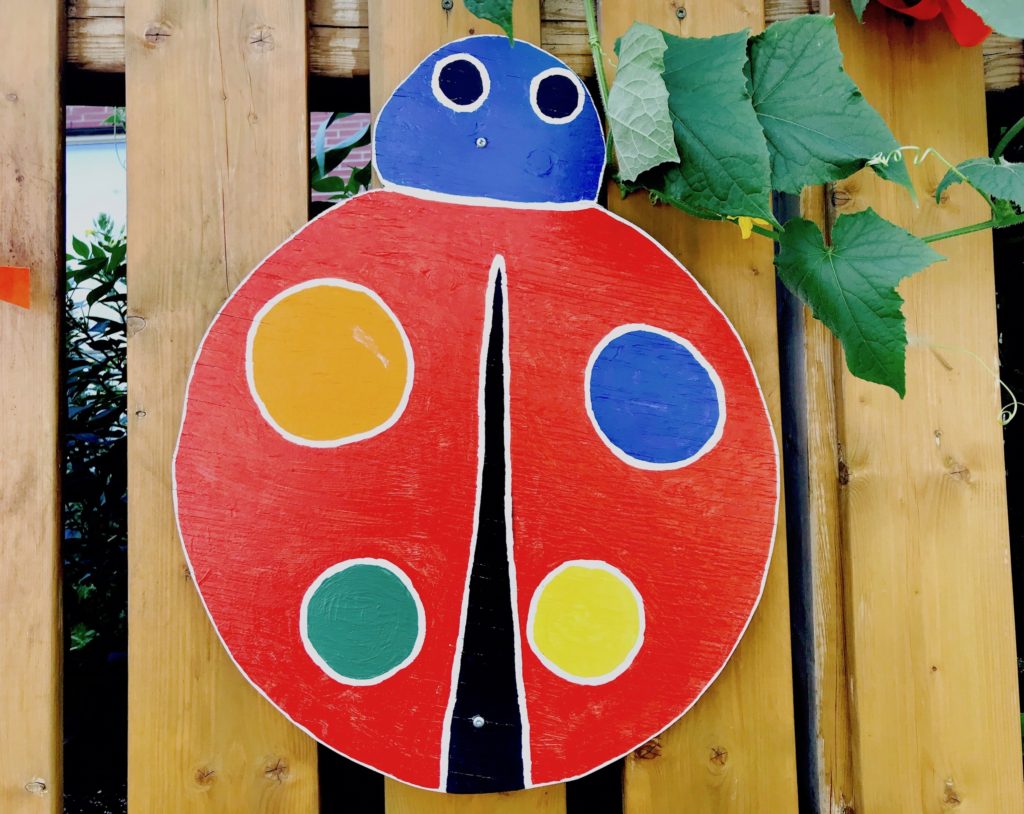
“All beings tremble before violence. All fear death. All love life. See yourself in others. Then whom can you hurt? What harm can you do?”
Siddhartha Gautama, The Dhammapada
I wish I had been evolved enough to adopt a plant-based diet for reasons that have to do with the environment and animal welfare. However, that’s not the case.
If it hadn’t been for my health concerns, I probably wouldn’t have become vegan. I remember making fun of vegans and vegetarians before I adopted a plant-based diet myself.
For years after I became vegan, I didn’t read much about the impact of the meat and dairy industries on climate change.
Nor did I research the horrific conditions farmed animals live in and the cruel ways in which they are slaughtered.
I was aware of these two issues, but I didn’t know details, especially about animal suffering and slaughter.
Even though I’ve always cared about social justice, I didn’t think this justice should extend to animals. I wasn’t excluding animals consciously. I was just acting on my cultural conditioning.
I was raised to believe that humans are superior to animals and that humans can treat and use animals as they see fit.
Killing flies, spiders and bugs was not only normal but desirable in our home and in the culture around me.
Killing chickens, lambs, cows, rabbits, snails and fish for food was normal, too. Killing pigs was also normal, but I never ate pork because I grew up Muslim.
The idea that the life of an animal is every bit as precious as the life of a human was foreign to me.
That’s because until recently, I was unaware of all the mechanisms society uses to perpetuate carnism.
Carnism is a term invented by social psychologist Melanie Joy. She’s the author of Why We Love Dogs, Eat Pigs and Wear Cows: An Introduction to Carnism.
Carnism is an ideology which states that it is ethical to eat certain animals partly because of the implied belief that humans are superior to animals.
Unlike veganism and vegetarianism, carnism is a dominant, widespread ideology. Yet, Joy points out that it is invisible because it remains unnamed in the mainstream and because the behavior it encourages doesn’t look like a choice at all.
But Joy notes that just like vegans and vegetarians, people who eat meat are very much making a choice driven by ideology rather than just being “normal.”
“We don’t see meat eating as we do vegetarianism—as a choice, based on a set of assumptions about animals, our world, and ourselves. Rather, we see it as a given, the ‘natural’ thing to do, the way things have always been and the way things always will be,” Joy writes in Why We Love Dogs, Eat Pigs and Wear Cows.
“We eat animals without thinking about what we are doing and why because the belief system that underlies this behavior is invisible.”
When we eat animals, we unconsciously justify our choice with what Joy calls the Three Ns of Justification: normal, natural and necessary. Society teaches us that eating animals is normal, natural and necessary.
But upon closer examination, the Three Ns turn out to be nothing more than socially constructed myths.
Eating meat is considered normal because that’s what everybody does and that’s the way things are.
But Joy says eating animals is normal only when seen through the lens of the carnistic ideology.
Eating meat is considered natural because humans have hunted and consumed animals for millennia.
“And it is true that we have been eating meat as part of an omnivorous diet for at least two million years (though for the majority of this time, our diet was still primarily vegetarian),” Joy writes.
“But to be fair, we must acknowledge that infanticide, murder, rape, and cannibalism are at least as old as meat eating, and are therefore arguably as ‘natural’—and yet, we don’t invoke the history of these acts as a justification for them.”
Eating meat is considered necessary because of the belief that meat consumption is a biological imperative for human survival.
But this isn’t accurate because, as Joy points out, many people in India, for example, have been vegetarian for thousands of years.
She notes that for most people today, eating animals is not necessary for survival, except for people living in poor places with a harsh climate where there isn’t another choice.
As Vegan as Possible
Joy advocates being as vegan as possible, if being completely vegan isn’t a possibility, because that would still mean consuming fewer animals.
I used to think that being as vegan as possible is a cop-out solution. I used to think that it has to be all or nothing. Anything less than 100% vegan meant that I was failing in my commitment to stay healthy.
I don’t see it that way anymore. Partly because I’ve had yogurt, eggs and cheese on a few occasions since the start of my vegan journey. I haven’t had meat, though.
I had the yogurt while taking antibiotics. I didn’t have access to vegan yogurt because I was traveling.
I had the eggs while I was dealing with a health issue—to see if I was perhaps missing some nutrients that eggs could provide. The eggs made no difference, so I ditched them after my month-long experiment.
I had the cheese on a trip to Paris. I had to eat a vegetarian lasagna with cheese due to lack of vegan options.
I’m not going to beat myself up for those lapses. Since the start of my plant-based journey almost a decade ago, I’ve been 100% vegetarian. And I’ve been vegan 99% of the time. That’s good enough. ♦
Disclaimer: This piece is meant to be an account of what caused me to adopt a plant-based diet and how that changed my relationship with cooking and my worldview. It is not intended to provide medical or nutritional guidance.
NOW READ:
